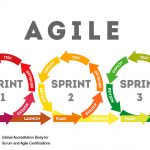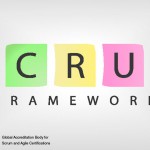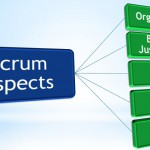Agile process tools such as Scrum, Lean Kanban, Extreme Programming XP and others bring their own characteristics and advantages to the table. For example, Kanban focuses on improving whichever methodology is being used rather than providing its own framework, while Scrum provides a definite framework with essential artifacts. The focus of the Agile method is to deliver value rather than fixate on the method itself. Therefore, organizations can customize several Agile framework methodologies to suit their needs, enabling them to deliver maximum value.
Organizations can take into account factors such as organizational structure, business goals, expertise level and the size of the team when mixing Agile frameworks. The underlying idea is to complete the sentence: “My client will be benefit the most if _________ is used.”
Methodologies should only be mixed after extensive discussions are held among Agile coaches and other stakeholders in the project. Most often organizations modify Agile methodologies to an extent when there is no element of Agile evident in the new version. When the project fails, the organization places the blame on Agile methodologies.
When mixing methodologies, it should be kept in mind that Agile methods cannot be mixed with Waterfall or traditional methods. Waterfall methodologies are most useful on linear projects that do not have any unpredictability, whereas Agile projects are typically unpredictable and are subject to constant change.








